Blog
What is an 808 and How Can You Create Them?
16 Dec '2024
We discuss the history and evolution of the legendary Roland TR-808 drum machine, and how you can incorporate 808 sounds into your own music

Image adapted from original by Bryan Pocius via Wikimedia Commons.
Few pieces of music hardware have had a bigger and more lasting impact than the Roland TR-808. After its launch as a replacement for real drummers in the early 1980s, the instrument was adopted by Hip-Hop producers thanks to its unique sound. Today, the instrument is often referred to as simply an ‘808’, but what is an 808 in music?
Those Hip-Hop producers in the 80s quickly discovered that with the Decay cranked up, the TR-808’s kick drum could be repurposed as a huge, deep bass sound. Thanks to this famed sound, the 808 has all but become a household name, and remains one of the most-used bass sounds in contemporary music. In this article, we’ll answer the question ‘What are 808s?’, exploring the function and heritage of the celebrated instrument, and how you can incorporate the legendary sound into your own productions.
What is an 808? Exploring the Roland TR-808 drum machine
By today’s standards, the TR-808 is a relatively large and sturdy drum machine with 11 sound-generating voices, each with their own individual outputs. Of those 11 voices, five of them are switchable between two sounds, so you get a total of 16 possible sounds. Unlike the 808’s main commercial competitor at the time, the LinnDrum, the 808 doesn’t load samples, so you’re restricted to those 16 sounds.
The 808 is equipped with a 16-step sequencer and A and B variations, allowing you to create sequences of up to 32 steps. For even longer sequences, the Compose function allows users to create arrangements of up to 768 measures. You can add further variation to your sequences and performances using the Fill programmer functionality.
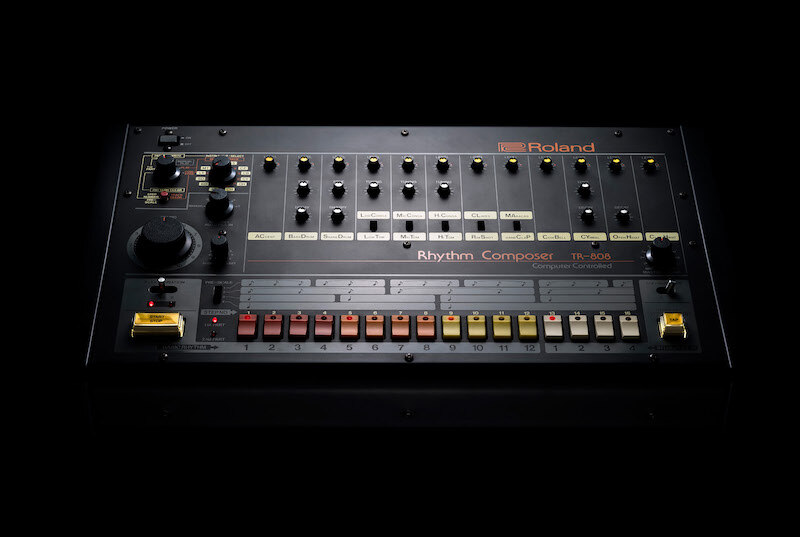
While the TR-808 wasn’t the first electronic instrument with a built-in step sequencer, its popularity meant that it was the first time many musicians had used one. The 808’s step sequencer operates the same way as you’d expect any sequencer to operate, although instruments are selected using the Rhythm Select dial rather than with a button.
The evolution of the 808 sound in 5 tracks
One of the earliest and most prominent tracks that used the TR-808 is Afrika Mambaataa & The Soulsonic Force’s 1986 track, Planet Rock. The unmistakable bass tone of the 808 can be heard providing the song’s low end, along with its unique Cowbell sound that famously sounds almost nothing like a cowbell.
Other popular applications of the 808 include Let the Music Play by Shannon, in which the 808 was synced with the Roland TB-303 Bass Synthesizer to create those classic squelchy tones that were later made popular by Acid House.
In 2008, Kanye West based his entire fourth album around the instrument. Many of 808s & Heartbreak’s tracks contained nothing more than some heavily auto-tuned vocals, a single melodic element and of course a Roland TR-808. One of the best examples of this is Love Lockdown, which contains a simple repetitive bassline made with a subtly distorted 808 kick.
Historically, mixing engineers used saturation and distortion to add harmonic content to 808s, which helped them be heard on smaller playback devices. More recently, Hip Hop and Trap producers have been taking this to the extreme with more and more intense distortion. Yeah Right by Vince Staples was produced by SOPHIE, and is the perfect example of using distortion as a stylistic choice as opposed to a mixing necessity.
It’s not just Trap producers that have carved their own stylistic approach to using 808 kicks. Drill producers have begun adding legato to 808 samples to create a distinctive sliding 808 sound, which has found its way into other genres including Pop and RnB. In the example below, a distorted 808 bass sound can be heard gliding between notes at the end of sections and phrases.
How to get 808 sounds in your music
With the background of the Roland TR-808 covered, let’s consider some ways of getting 808 sounds into your music without spending the £4,000 needed to get your hands on an original unit.
Use Samples from Loopcloud
Our sample browsing software is absolutely full of 808 sounds, including everything from individual hits and unprocessed 808 sounds to fully programmed loops and mix-ready beats. And what’s best is that you can audition it all in sync with your DAW before committing to any single sample.
Some of the most notable 808 collections on Loopcloud include the following:
Wave Alchemy’s Tuned Tape Drums, which gives you thousands of samples sourced from original timepiece drum machines through analogue circuits, for just £29.95. Niche Audio’s Planet 808, which offers a toolkit of beats and bass from an original machine. Our own Total 808 Collection, which gives you the absolute essentials to get started with 808 sounds for just 335 points.
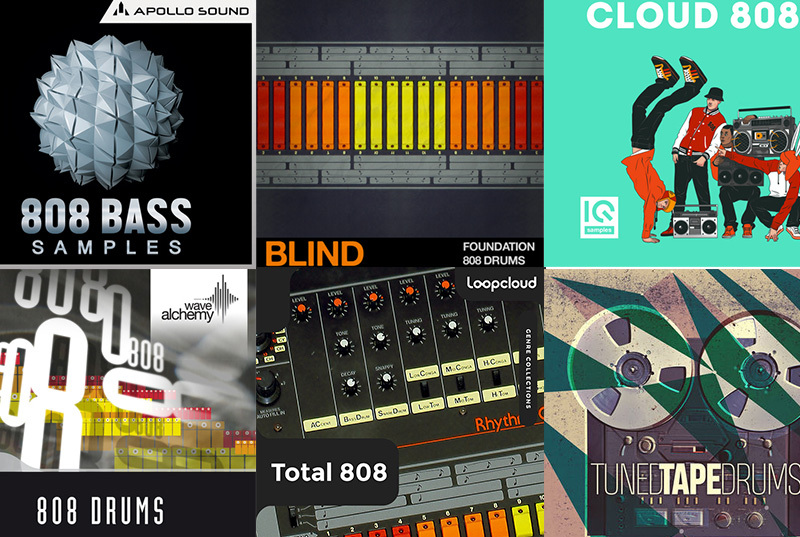
D16 Group: Nepheton 2 - £99.00
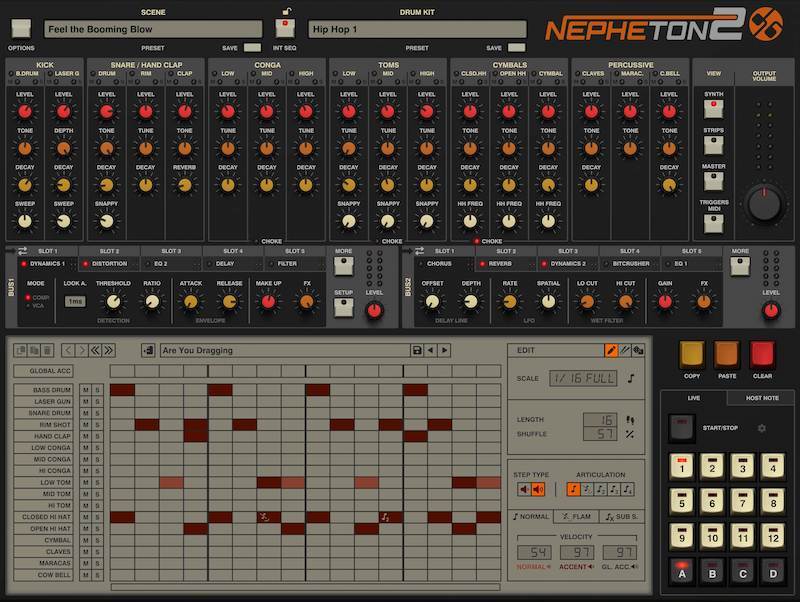
If you’re looking for a plugin that emulates the entire Roland TR-808 drum kit and not just its kick drum, D16 Group’s Nepheton 2 might suit your needs. Nepheton 2 gives you the classic sounds of the 808, all packed into an intuitive interface designed for modern producers of a range of musical styles.
You also get a whole host of features that aren’t available on the TR-808, such as an inbuilt effects section, a pair of bus effects chains, MIDI Export, pattern randomisation and in-depth velocity and articulation controls. You also get per-instrument channel strips with filters and EQs, compression and stereo controls.
Native Instruments: Battery 4 - £179.00
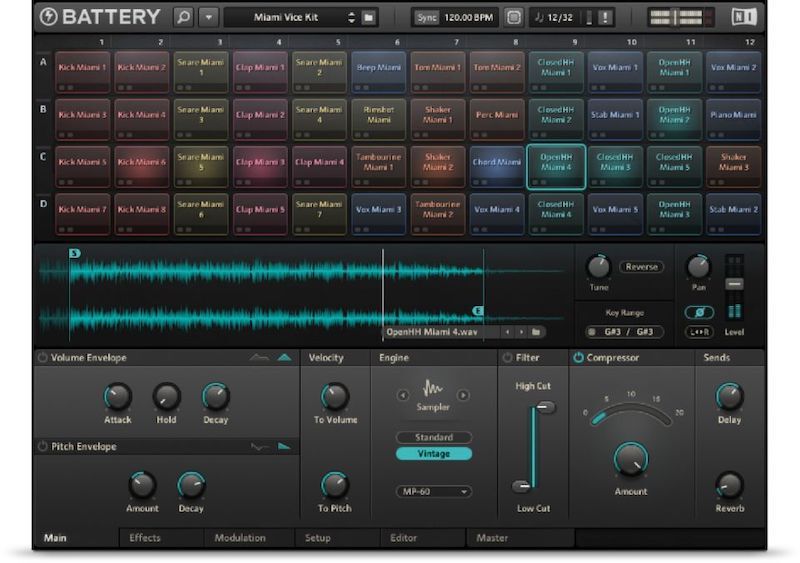
If you want the option to sequence and layer other drum sounds alongside those of the TR-808, you might opt for a general-purpose drum sampler such as Native Instruments’ Battery 4. With seven sample modes, advanced time stretching and a range of integrated Native Instruments effects, you needn’t look further than Battery 4 when it comes to drum sampling.
The high-resolution waveform view gives you total control over your samples, and the dedicated effects and modulation sections let you get creative with your processing and sequences. Battery 4 comes with a huge bank of drum samples and sounds, or you can pair it with your go-to sample pack to get that authentic TR-808 sound in a modern and powerful software interface.
Ramzoid: 808 Cooker - £37.00
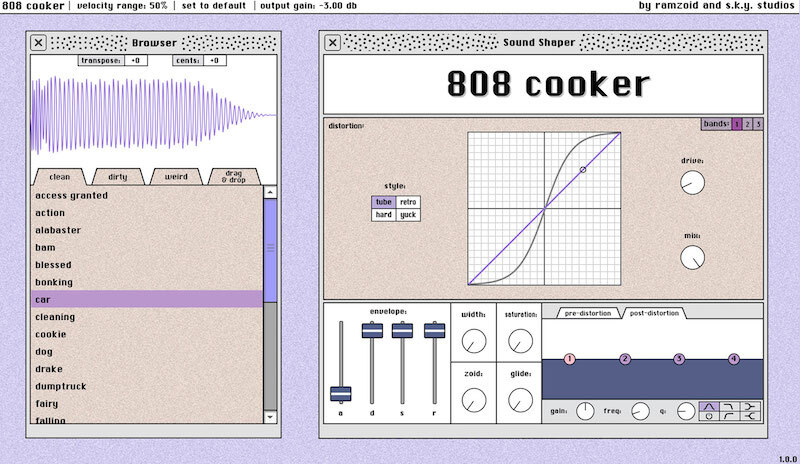
If it’s just the 808’s legendary kick drum you’re after, there are a number of plugins designed to emulate the sound of the 808 kick and only the 808 kick. One of which is Ramzoid’s 808 Cooker, an innovative plugin which captures the visual aesthetic of a 90s computer operating system.
808 Cooker comes with 99 808 kick samples to get you started, which are helpfully arranged into three categories: Clean, Dirty and Weird. Once you’ve found a suitable sample or dragged in your own, you can use the plugin’s inbuilt controls to refine your sound. Add texture and character with multiband distortion, width with the Stereo Width control, or pitch bend with the Glide control.
Initial Audio: 808 Studio 2 - £55.00
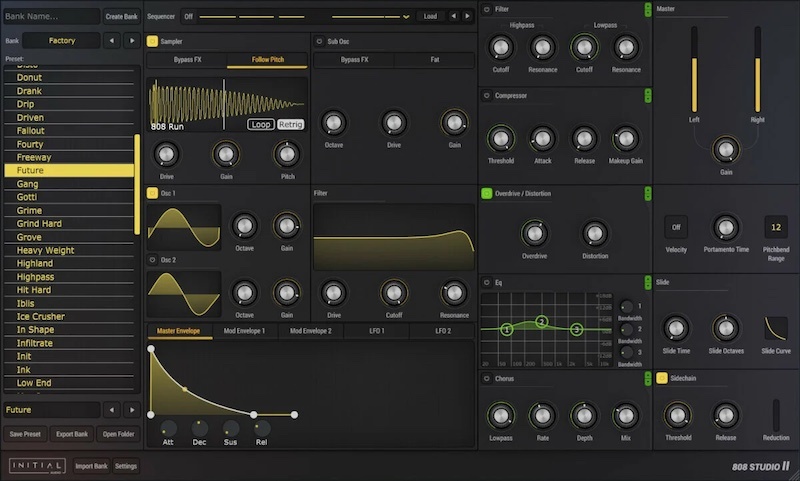
Another plugin designed purely to create hard-hitting 808 sounds is 808 Studio 2 by Initial Audio. Like 808 Cooker, 808 Studio 2 ships with a diverse selection of 808 samples to get you started, or you can load your own samples and use the plugin to control and process them.
808 Studio 2 also boasts a Sub Oscillator as well as two more dedicated Oscillators, so you can take full control of your low end. This is particularly useful if you want to use the plugin’s inbuilt Overdrive/Distortion effect to add crunch to your signal, then reinforce the lower frequencies with a cleaner signal. Other integrated effects include compression, equalisation, chorus and filtering.
Future Audio Workshop: SubLab XL - £66.95
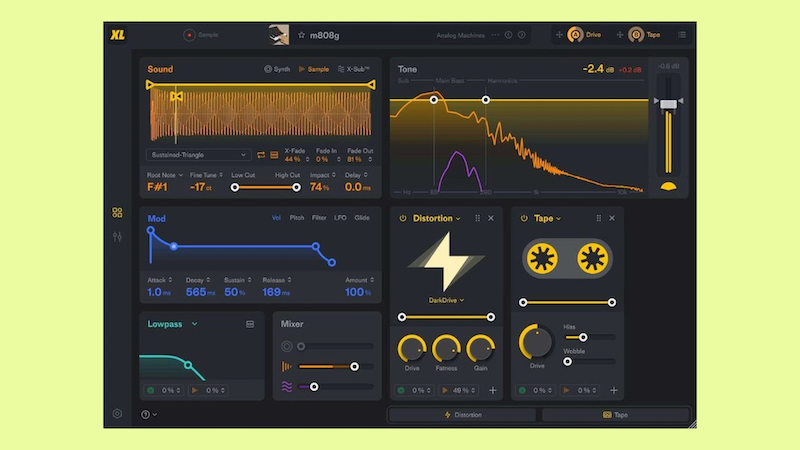
While this next plugin isn’t exclusively an 808 bass plugin, it can certainly deliver a range of impactful 808 basses along with plenty of other versatile bass sounds. Sublab XL is the successor to their hugely popular Sublab instrument. Sublab XL gives you three sound sources; a Synth with a range of oscillator shapes, a Sample slot in which you can load a range of sounds and textures, and an X-Sub Engine.
Among Sublab XL’s key features are the huge range of professional and modern bass presets which are spread across 11 categories. The six output effects can be reordered within the four effect slots, and include Distortion, Tape, Crusher, Compressor, Waveshaper and Noise. Each effect can be independently applied to the Synth and Sample layers, giving you ultimate control over your 808s.
Using your DAW’s stock 808 samples

The final method of using 808 kicks in your projects is to use the samples that come with your DAW. Most DAWs should come with at least a few drum sounds from the Roland units, offering a free way to get a taste of that huge 808 bass tone.
Generally speaking, hardware drum machines such as the TR-808 and TR-909 require relatively extensive processing in order to get them to fill out a mix, and the raw samples in your DAW are no exception. If you’re someone who likes to process samples beyond recognition, that won’t be an issue. If you’re looking for more of an off-the-shelf solution, the sample packs covered in the previous section will be of particular interest to you.

